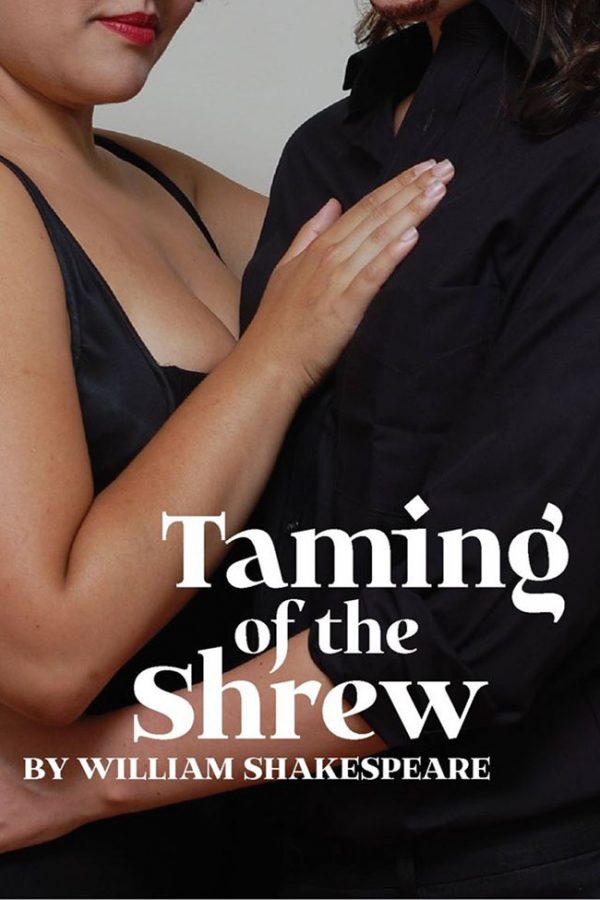Shakespeare Shakeup in ‘Taming of the Shrew’
The Wild Project theatre is putting on a production of “Taming of the Shrew” with an all-female cast.
April 25, 2016
Deep in the heart of Alphabet City lies The Wild Project Theatre. The company name is not far from the production style it prefers. The Queens Company, an all-female theatre group, takes center stage with a unique twist on William Shakespeare’s “Taming of the Shrew.” Be prepared for a night of laughs, raised eyebrows and romantic battles while this lengthy modern portrayal of a classic tale is turned inside out.
While the story remained true to text, director Rebecca Patterson let her artistic liberties take control of the show and gives the audience a night to remember. “Taming of the Shrew” is one of Shakespeare’s morally misogynistic masterpieces. By using an all-female cast, Patterson attempts to give the audience a fresh look at the way in which society viewed women during that time period.
The actresses were dressed in masculine robes and belts of the time and wore face paint that disguised them as bearded men. It came across as if female influence was hiding under a wardrobe of a male persona. The choice was not fully fleshed out. The actors should have been either entirely exposed as male characters with proper wigs and face makeup or seen plainly as their feminine selves without the not-convincing looking facial hair. It would have been more powerful for the audience if the choice was made to depict the male characters as women without alterations to their voices and look.
Although Elisabeth Preston (who played Petruchio) was one of the stronger performers and helped to drive the show with her confident presence, she was lowering her voice to a male register and came across as pushing and was not easy to listen to at times. If she were to work with and strengthen her own vocal range, then the audience wouldn’t be distracted by a weak portrayal of the character Petruchio.
The female influence definitely brought a new perspective to the play’s notions of dominance and love. It provided the audience with an impression that was not overcome by the sexuality of male characters. The audience was given the chance to listen to the words and see the life behind the text, without the distraction of a male figure dominating the female for purely aesthetic reasons. There was a sexual comfort that was living on the stage. When the characters kissed, showed affection or danced together, it felt as if the sexual passion wasn’t taking over the story line.
While working with this contemporary version of Shakespeare, the director got a little carried away with the influence of musical interludes throughout the play. By infusing modern songs and having the characters lip-sync to them, the direction took away from the point of the story and slowed down the show entirely. Yearning for the actors to return to the text, it felt like a screeching halt whenever the unneeded bursts of karaoke sing-along scenes invaded the play.
“Taming of the Shrew” is playing at the Wild Project Theatre until May 1.
A version of this article appeared in the Monday, April 25 print edition. Email Blair Best at [email protected].
























































































































































